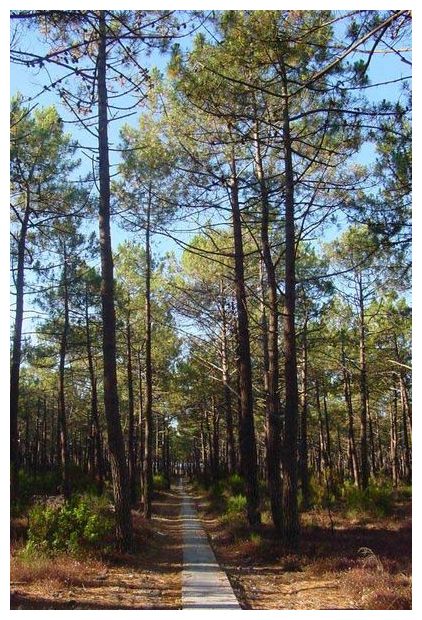
© Patrick Verdier / Wikipedia
Salmon, Idaho - Bob Appleby will learn this spring if the evergreen tree in his yard in Montana has survived a mysterious outbreak threatening to kill thousands of Austrian pines across the state.
"It was a real pretty tree; we just want it to stay alive," the Bozeman, Montana man said about a towering Austrian pine cropped to 15 feet to stem the onslaught of what
scientists say is an ailment of unknown origins happening in epidemic proportions.Although native to Europe, the tree has gained extensive ground in Idaho, Montana and Wyoming, where the pine's dense needles, uniform shape and tolerance of tough conditions have made it a popular planting in downtowns, parks and private properties.
In a trend experts say has emerged in recent months, the tree's top branches brown and die at the start of what appears to be a march down the trunk despite preventative pruning.
"As we go through winter, these trees are continuing to die; it's one big laboratory out there," said Linnea Skoglund, plant disease expert with Montana State University.
Skoglund said the school's Schutter Diagnostic Lab has been flooded with calls from city foresters, tree surgeons and landscapers, all alarmed by the sudden decline of Austrian pines.
FORESTS 'UNDER SEIGE'The news comes as communities in the Northern Rockies - from the central Idaho town of Salmon to the Montana capital of Helena battle infestations by a tiny beetle that lately scuttled its way to towns and backyards after laying waste to native pines like lodgepole and ponderosa across millions of acres of mountain forests.
And the attack on tree canopies in Western cities comes amid a national call by conservation groups like American Forests to restore trees to urban areas where development instead of disease has traditionally driven the deficit.
In Bozeman, Montana, where severe pruning by a former city forester led to his ouster, residents and arborists alike are alarmed by the host of pests and diseases targeting trees.
"We have to deal with the mountain pine beetle outbreak, now this thing with Austrian pines comes along," said city forester Ryon Stover. "Our whole urban forest is under siege."
Peter Kolb, extension forestry specialist with Montana State and professor at the University of Montana's College of Forestry and Conservation, said he is hearing die-back reports from all 54 extension offices in the state.
Kolb said several years ago he began hearing the occasional report of an ailing Austrian pine with similar symptoms: a browning crown and sooty mold underlying the bark.
"In this past year it's become an epidemic throughout Montana," he said.
Scientists like Kolb speculate that the region's climatic events like extreme drought and dramatic temperature fluctuations may have placed the pines at risk for a fungal disease or being overrun by insects or both.
Plant disease investigators have ruled out the usual suspects like mountain pine beetles. And in the absence of the pathogen's identification, silviculturists are advising to cut back to healthy tissue and to destroy infected wood.
Meanwhile, Appleby hopes spring will bring a renewal of growth to his 40-year-old Austrian pine.
"We hope it's going to make it," he said.

Reader Comments
to our Newsletter